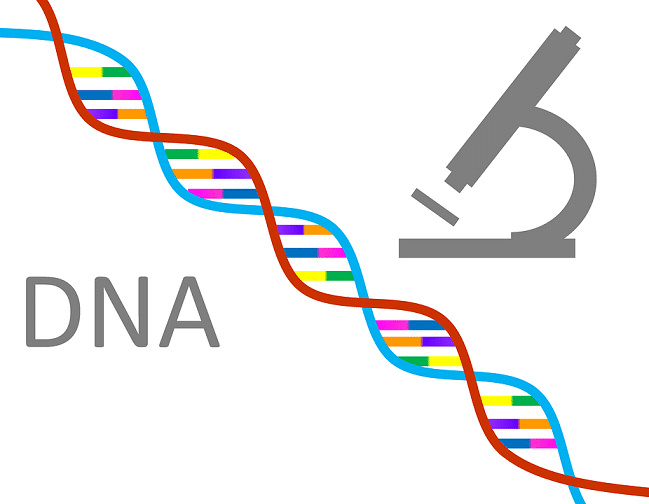A new DNA method of monitoring fish in lakes could detect 14 of 16 key fish species present in Lake Windermere, compared to four species detected by conventional surveys. This is important because fish are sensitive indicators of water quality and their assessment is an important part of water management.
Regular lake fish monitoring is not feasible in the UK because existing tools and resources are not up to the job and while netting can capture all the fish for monitoring, it is expensive and fish can get injured or killed.
The use of environmental DNA (eDNA), which is what fish leave behind in the water from their skin, urine or faeces, can provide useful information on fish living in a lake, and the method was recently tested to assess the type and numbers of fish present in three large lakes (Windermere, Bassenthwaite and Derwentwater) in Cumbria.
The new innovative technology means that all of the DNA in a particular water sample can be sequenced and identified. The multi species identification method is nippy and sensitive and has enormous potential to change the way the Environment Agency carries out ecological assessments.
The research currently being undertaken is part of an extended programme by UK agencies to develop DNA-based methods for environmental monitoring and decision making. Due to the fact that eDNAs still quite new, most of the research to date has focused on developing methods to assess the presence or absence of single species.
The next part of the programme, which will be led by the Scottish Environment Protection Agency (SEPA), will be to ensure that the findings can be repeated at different times of the year and that the method has wider applicability to a greater range of water bodies. It will also include the assessment of Scottish lochs which are nutrient poor and have lower numbers of fish.
Get bottled water dispenser and mains water dispenser from Living-Water.






